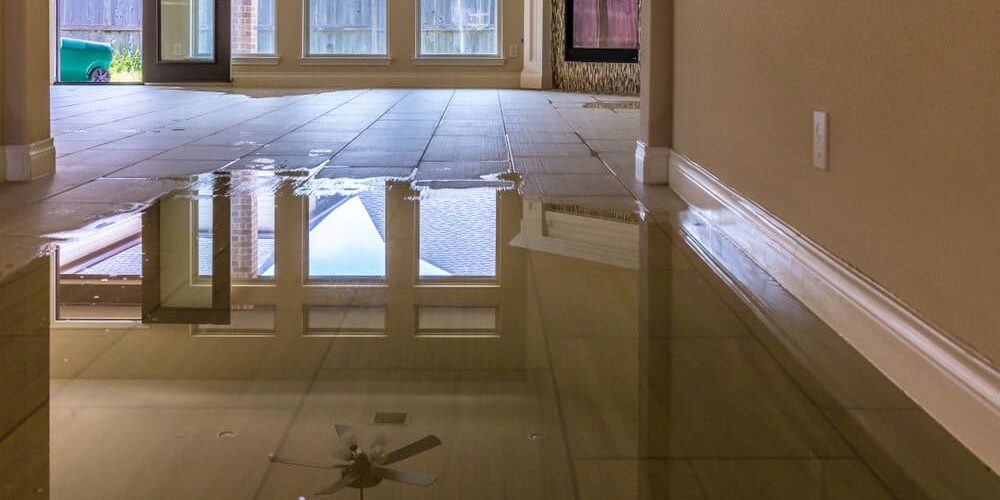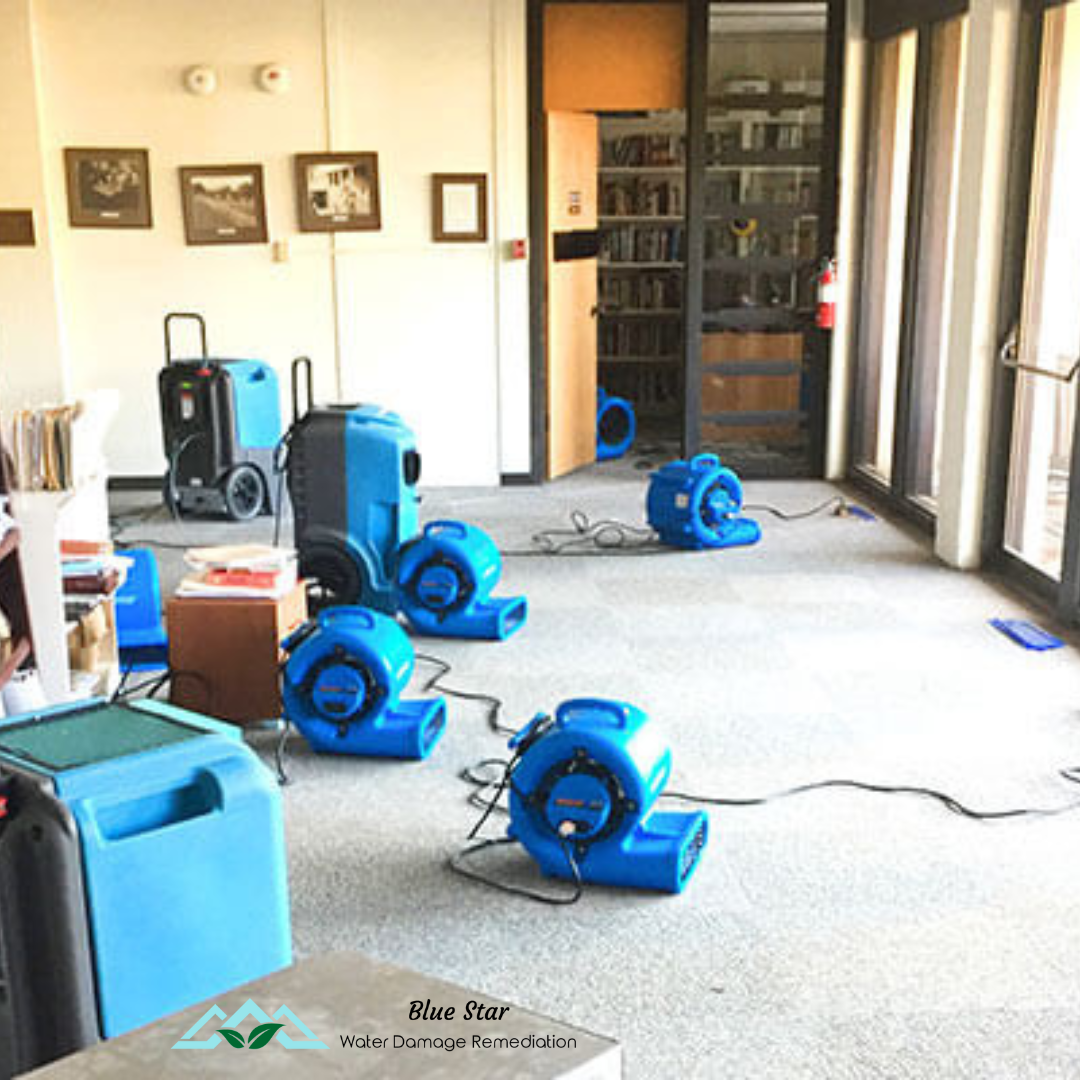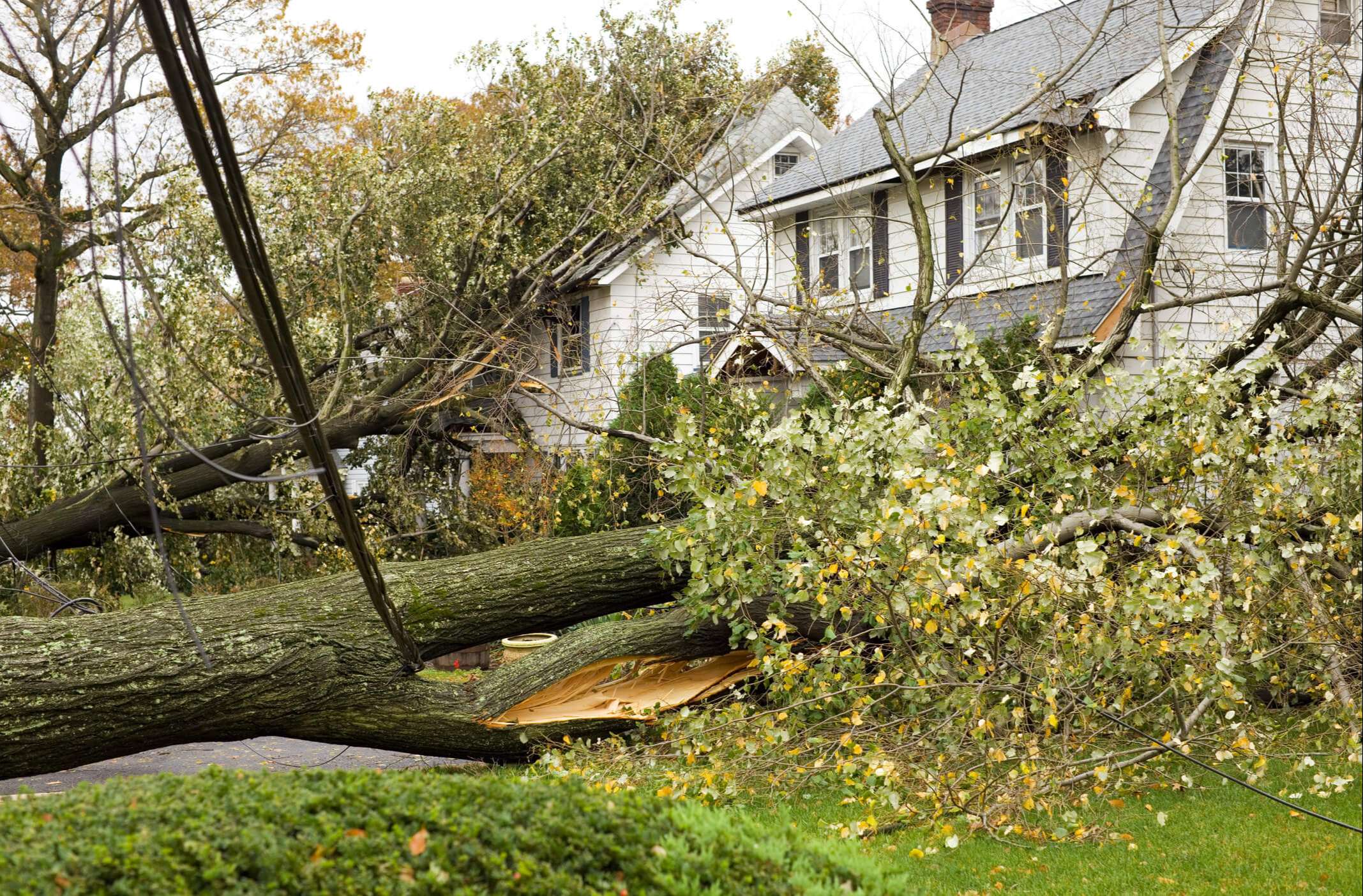Water damage can occur from natural disasters like storms, heavy rains, or flooding. It can also be caused by plumbing leaks, sewer backup, or malfunctioning appliances.
When this happens, you will need to have it repaired quickly. A professional restoration company can help. They will use a variety of techniques and equipment, including dehumidifiers, air movers, and wood floor drying equipment, to dry out your property.
Damage Assessment
A thorough inspection of the damaged space is one of the first steps to restoring it to pre-flood condition. This will include looking at the extent of water damage as well as assessing any structural issues. This assessment is important for insurance purposes and for determining how much work will need to be done on the building.
Water damage is never limited to a single area, and can spread quickly. The key to minimizing damage is getting help from a water restoration professional as soon as possible. This will prevent the spread of moisture and save money in the long run. If you do decide to hire a water restoration company, make sure they have a IICRC restoration certification.
The objective of this research is to develop a model that can estimate the time-evolution of flood damage. The model considers how damage progresses over a synthetic flood event and is based on the dynamic behavior of the building structure, the exposure to flood conditions, and the time-varying hydraulic conditions during the flooding period.
The model is applied to a mud building typology, which constitutes 34% of the housing demand in rural India. The results show that mud buildings are highly susceptible to coastal floods, with their strength diminishing by over 90 percent with contact with flood water. The research also shows that the literature-based and lab-based approach to damage assessment can be incorporated into a common damage matrix, as they both use logical reasoning and insight from structural analysis.
Removal of Water
Wet materials develop mold within 24 hours, so it’s crucial that the water is removed from the affected area as quickly as possible. A restoration company can use large fans and dehumidifiers to get the water out. They can also move furniture away from the affected area to keep it from getting wetter.
They can also remove area rugs and place aluminum foil or wood blocks under the legs of furniture to prevent carpet staining. They can also punch holes in sagging ceilings to relieve trapped water and help prevent further damage. They may also use sanding sponges to smooth uneven surfaces in the affected areas.
Once the water is removed, they’ll dry the damaged areas with dehumidifiers, air movers, and wood floor drying equipment. They’ll then inspect the areas to ensure that there is no hidden moisture. They’ll reassess the damage and begin restoration if needed.
Remediation is a crucial bridge between initial mitigation and final restoration. It encompasses all of the steps that lead to a safe and clean environment, including disinfecting, drying, and cleaning up after a flood or water incident. A professional restoration company like Restor-It can handle this step for you, so you can be sure your home or business is safe and healthy. They can also check for signs of mold, which can be dangerous if left unchecked.
Drying
Once the water has been extracted, professionals will start drying your home using dehumidifiers, air movers, wood floor drying equipment, and heaters. This can take days, or even weeks in extreme cases. The goal is to dry the area thoroughly enough that any moisture in the underlying materials is eliminated and mold growth is not possible.
This step may involve removing drywall, baseboards, carpeting, and other components. In homes with an external leak, techs will usually try to limit the areas of your house that have to be removed as much as possible. However, the outer drywall in most houses contains insulation that will suck up and retain water – even if it hasn’t been damaged by the water itself – so this will often have to be pulled.
During this stage, your tech will also disinfect any items that came in contact with the water. This includes things like wooden furniture, mattresses, and carpeting. They’ll use a powerful, heavy-duty disinfectant that is designed to kill mold and other pathogens. This is a crucial step to prevent bacteria and viruses from spreading throughout your home. This can be especially important if the standing water has come in contact with black water (sewage), cat litter, or shoe residue. This is especially common in bathrooms and kitchens. Once everything is dried, reassessment of the damage and reconstruction can commence.
Cleaning
The cleaning and sanitation phase of Water Damage Restoration in Toledo OH is a process that removes all traces of flood debris from the property and ensures that mold and other contaminants do not grow. This can take a significant amount of time and effort, but it is necessary to ensure that the property meets livable standards.
The first step in the cleanup process is to move any furniture or electronics that can be saved away from the affected area. This saves them from further damage and makes it easier to inspect the items for potential problems. It is also a good idea to turn off the electricity in the area where there has been water damage. This can be done by turning off the breaker in that particular section of the building.
After that, it is a good idea to air out the area with large fans. This can help to remove odors from the space, and it can make the cleaning process go more quickly. It is also a good idea to disinfect anything that the water came in contact with. This can be done with a powerful disinfectant, such as bleach.
It is also a good idea to take detailed photos of the area before beginning the clean up process. This will be important in helping to get an insurance claim for the damage. It will also be helpful in assessing how much things might cost to repair.



